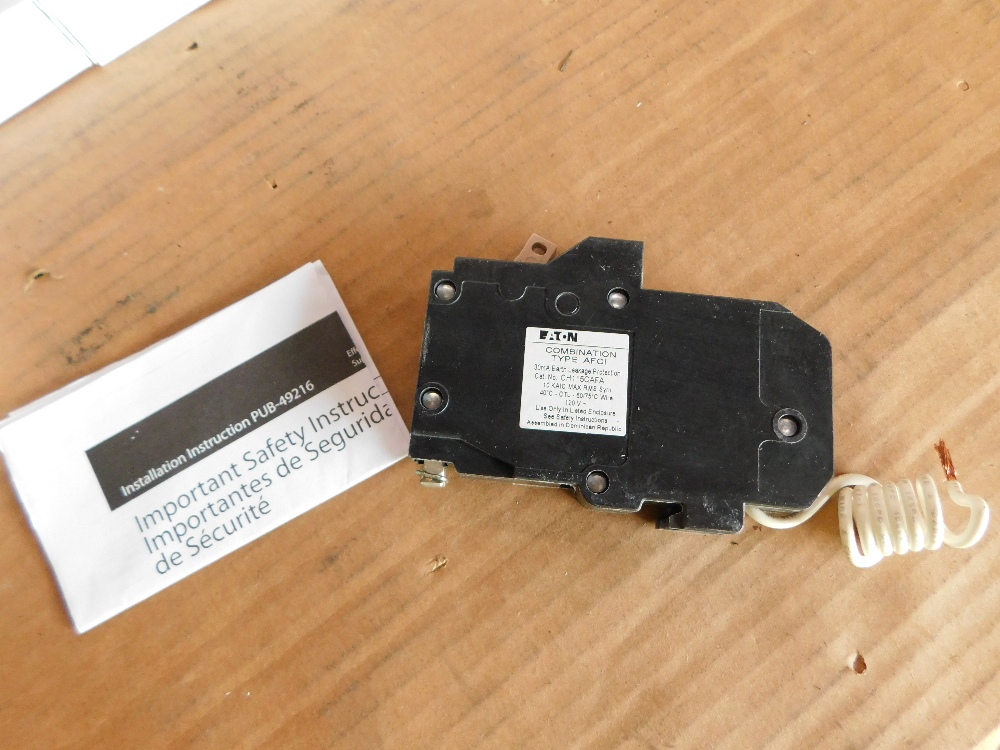

Hysteresis losses due to nonlinear magnetic effects in the transformer core, and.(a) Core losses, collectively called magnetizing current losses, consisting of The ideal transformer model neglects the following basic linear aspects of real transformers: Leakage flux of a transformer Deviations from ideal transformer The load impedance referred to the primary circuit is equal to the turns ratio squared times the secondary circuit load impedance. Īn ideal transformer is a reasonable approximation for a typical commercial transformer, with voltage ratio and winding turns ratio both being inversely proportional to the corresponding current ratio. The transformer winding voltage ratio is equal to the winding turns ratio. With a voltage source connected to the primary winding and a load connected to the secondary winding, the transformer currents flow in the indicated directions and the core magnetomotive force cancels to zero.Īccording to Faraday's law, since the same magnetic flux passes through both the primary and secondary windings in an ideal transformer, a voltage is induced in each winding proportional to its number of windings. The windings are wound around a core of infinitely high magnetic permeability so that all of the magnetic flux passes through both the primary and secondary windings. This electromagnetic induction phenomenon is the basis of transformer action and, in accordance with Lenz's law, the secondary current so produced creates a flux equal and opposite to that produced by the primary winding. This varying flux at the secondary winding induces a varying electromotive force or voltage in the secondary winding. Transformers range in size from RF transformers less than a cubic centimeter in volume, to units weighing hundreds of tons used to interconnect the power grid.Ī varying current in the transformer's primary winding creates a varying magnetic flux in the transformer core, which is also encircled by the secondary winding. A wide range of transformer designs is encountered in electronic and electric power applications.

Since the invention of the first constant-potential transformer in 1885, transformers have become essential for the transmission, distribution, and utilization of alternating current electric power. Transformers can also be used to provide galvanic isolation between circuits as well as to couple stages of signal-processing circuits.

Transformers are used to change AC voltage levels, such transformers being termed step-up or step-down type to increase or decrease voltage level, respectively. Faraday's law of induction, discovered in 1831, describes the induced voltage effect in any coil due to a changing magnetic flux encircled by the coil. Electrical energy can be transferred between separate coils without a metallic (conductive) connection between the two circuits. A varying current in any coil of the transformer produces a varying magnetic flux in the transformer's core, which induces a varying electromotive force (EMF) across any other coils wound around the same core. It has a compact size with the following dimensions: 1.82 in x 1.72 in x 0.35 in.A basic transformer consisting of two coils of copper wire wrapped around a magnetic coreĪ transformer is a passive component that transfers electrical energy from one electrical circuit to another circuit, or multiple circuits. The 9080GR6 comes with a 35 mm DIN rail for mounting support. Connection made to the terminal block can be secured using copper lugs. Made from nylon these blocks are fire-resistant and sturdy in construction. This terminal block is CSA approved and UL recognized which means it is safe to use in complex electrical installations. The terminals provided on the unit can be used for terminating or securing wires conveniently. The Square D 9080GR6 Terminal Block features a number of individual terminals arranged in a long strip.


 0 kommentar(er)
0 kommentar(er)
